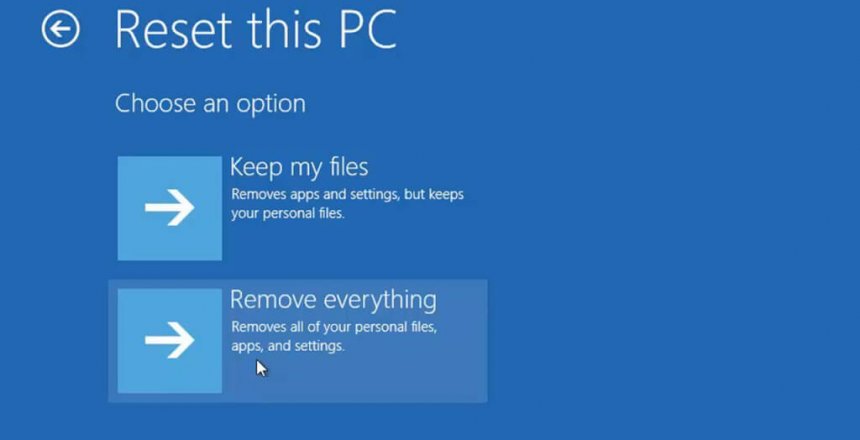For the longest time, when someone asked you to restart your computer, aka stop and start it they would say for you to reboot it (because starting a computer means pulling it up by it’s bootstraps, apparently) or reset it. However, this leads to a tricky situation in Windows 10 where resetting your computer means something entirely different.
Backups, Backups, Backups
You must keep backups of your computer. Look at making at least one system backup, perhaps make one every 3 months.
Additionally, keep regular incremental backups of your data to a memory stick or hard drive you keep in a safe place.
Business people used to keep a backup with them when they leave the building, because if the premises had a fire or flood, then the business could be restored in another location easily.
Get into the habit of backing files up on top of using cloud storage like OneDrive, iCloud and Dropbox in case the accounts get hacked or lost on reinstall. Or you might get a virus that corrupts all your data, so an offline copy is ideal.
Reset when you wanted to reboot or restart
This is a common problem, because the word reset was used in place of restart or reboot for so long, I’ve had customers lose their programs and settings because they chose the wrong option.
This is where making backups and system image backups are important, you can restore the system image and get your installed programs back.
Reset to fix issues
Prior to Windows 10, if you needed to reinstall Windows, you would put in some installation media and run the installer. However, this process was messy because all your installed programs would have the installed bits left behind without the essential settings to make them work,
In Windows 10, a reset moves your personal files out the way and removes everything else before installing a clean copy of Windows.
Reset to factory settings
If you have backed up your computer and you want to remove everything, say there is a setting in Windows you are having trouble with and you want to start from square one, the reset to factory settings option is your best bet.
Windows removes everything from the drive and then installs a clean copy of Windows on it.
Wipe for disposal or recycling
Unlike a reset to factory settings, you are making sure there is no personal data that can be recovered from the computer. Windows will make sure the drive is wiped in such a way that data cannot be recovered, and then it will install a clean copy of Windows on it.
The process is a lot slower than a factory reset, and just depends on how you plan to use it in the future.

